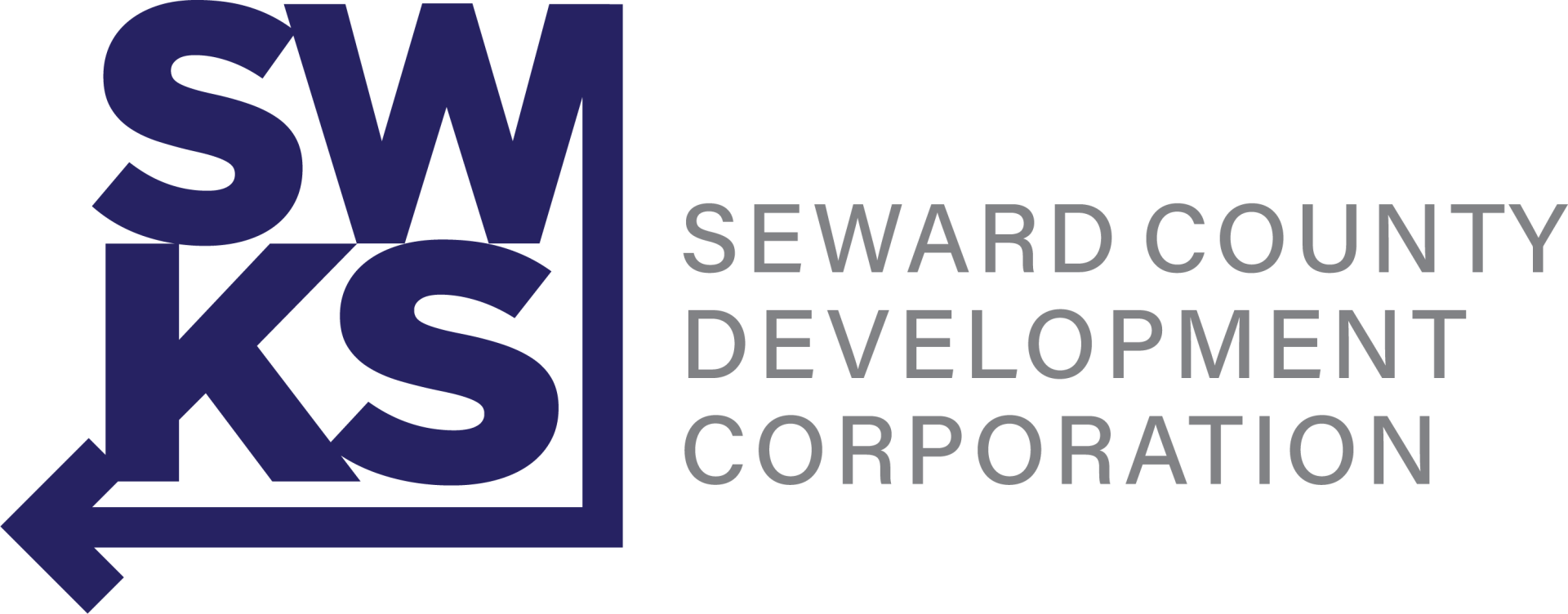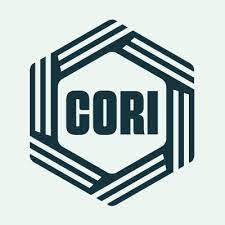February 2022 Newsletter
Youth Entrepreneurship Challenge

In March of 2020, we were scheduled to host the first Youth Entrepreneurship Challenge in Seward County. While this specific event was canceled along with everything else in March of that year, we were able to relaunch in 2021. Thirty-eight businesses competed last March, and one individual--Shay Kerr--was able to advance to the state competition in Manhattan. This year, we're thrilled to be hosting the event again, and an astounding 71 students are scheduled to submit businesses.
The competition includes several components of business startups, and the students must develop their own unique businesses. They are then judged in three separate categories. First, the executive summary--business plan--is submitted for judging a week prior to the competition. Local judges review the business idea, the market research, the financials, and the overall quality of the proposal. On competition day, students are judged on both their Tradeshow Materials and a Four-Minute Presentation. Scores from all three categories are then tabulated and winners are announced.
Seventy-one student entries is one of the largest YEC events in the state. This is a testament to the entrepreneurship program at LHS and the quality of the instructor leading that class. Because of the large local interest, Network Kansas is allowing us to host two separate events, which will give two students the opportunity to win and compete at the state level.
The community has several ways in which it can be part of this experience. First, we will need a large group of judges. Each category requires a panel of at least three judges, and we have six different categories between the two events. If you're interested in offering your time and energy--no prior experience needed--please contact me at the Development Corporation. Second, these students need recognition. If you have any free time during the event, please stop by the Conference Center and offer feedback to the students. Yes, many of these are just business ideas for the competition, but with a little support, some of these might be the next new businesses in Liberal.
We are thrilled to be hosting our second Youth Entrepreneurship Challenge and hope to see all of you there.
Youth Entrepreneurship Challenge
Tuesday, March 22, 2022
Liberal Conference Center
Morning Competition 8:30-11:00
Afternoon Competition 12:30-3:00

The 12 Advantages of a Destination Business and How to Become One
On Wednesday, February 2, join Destination Business expert Jon Schallert as he conducts a live, free 60-minute online webinar via Zoom on “The 12 Advantages of a Destination Business and How to Become One”.
If you haven’t heard of Jon, he is the only professional speaker teaching businesses and communities how to turn themselves into Consumer Destinations. He speaks to thousands annually on his 14-step “Destination Business” process, which he developed after speaking in over 500 communities and interviewing over 10,000 independent business owners.
During this free 60-minute webinar, Jon will explain why the most proactive, independent business owners have been using his methods for over 20 years and how you can learn his Destination techniques without leaving your community.
If time allows it, Jon will also take your questions.
Business owners who attend this session will also learn:The 3 consumer groups every business must tap into if they want to be the most profitable
- How to minimize your marketing expenditures with a process that is 12 times more powerful than any form of advertising
- The one area of your business that will convince a consumer to buy from you in 7 seconds or less
- How to target and attract the most profitable consumers while reducing your marketing costs by 93%.
If you are interested in attending this free webinar on Wednesday, February 2, it begins at 8:00 a.m. Central time.
Attendance is limited to the first 100 participants and those who cannot attend, can receive a link to the webinar immediately following the workshop.
To attend this webinar, contact: Eli Svaty at the Seward County Development Corporation 620-655-2036 or eli@swks.org
To learn more about Jon Schallert, go to www.JonSchallert.com
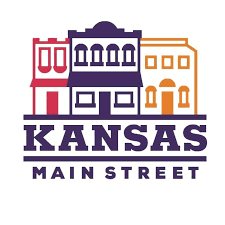
The Real Returns are in Cultivating Local Entrepreneurship
By: Matthew Wagner, Ph.D., Vice President of Revitalization Programs, NMSC
Historically, whether it’s been traditional economic development or Main Street economic vitality efforts, business recruitment has been an area in which a great deal of our revitalization activities, resources, and capacity were largely allocated. But new research by Main Street America, coupled with emerging trends from COVID-19, suggests greater returns on our missions and resources can be had by transitioning to more deliberate economic vitality work centered on cultivating new business development from within our own communities and neighborhoods. Simply put, we are wasting too much of our valuable capacity and resources on flashy business recruitment marketing gimics and outreach to neighboring small businesses (a zero-sum game) when successful business development for filling vacancies, expanding properties into new uses and functions, etc., lies right under our noses.
Key MSA (Main Street America) Data Findings:
1. Most of your Community Businesses were Started by Local Entrepreneurs and NOT from Outside Recruitment Activities
- Overall, 70 percent of local businesses were started by individuals residing in those same communities. And when it comes to businesses located in older commercial districts, like Main Streets, this number increases to 74 percent.
- The lowest percentages are found in commercial shopping centers at 52 percent and shopping malls at 50 percent.
- Special Note: Businesses that are solely e-commerce are predominately locally launched at 86 percent.
2. Small Scale Producers are the Most Likely Business Type to Start Locally
- At 92 percent, small-scale producers (like artisans, makers, value-add ag producers, and small manufacturers) were nearly always launched by local community residents.
- In addition, local residents were much more likely to be your source of Non-Food Retail and Restaurant-related entrepreneurial ventures as opposed to more service-oriented sectors like Health Care, Accountancy and Legal practices.
3. Your Large Employers Likely Started and Grew from Within: NOT from Business Recruitment Practices
- For businesses employing between 11 and 20 employees, 81 percent started locally
- For employers of 20 plus employees, 57 percent were launched locally.
4. Businesses Launched by Local Residents Are More Sustainable
- Of those surveyed, 73 percent of locally-launched businesses had been in business between 6 and 10 years.
- There is some indication that entrepreneurs or existing businesses that move to another community to launch or relocate their businesses have lower rates of survivability after two years. While we heard from many long-operating businesses launched by entrepreneurs who already lived in the community beforehand, we heard from relatively few businesses launched by entrepreneurs who had relocated their business that had been open for more than a couple years. This may warrant some further research.
5. Population Size Demonstrates Differences Between Entrepreneurs’ Residency and Location of Small Businesses
- Communities ranging from 5,000 to 100,000 have higher rates of local residents launching business where they live.
- Communities smaller than 5,000 tend to have a greater mix of people moving to those locations to start a business, thus suggesting a need for greater balance between supporting local entrepreneurship and creating an attractive business environment conducive to recruiting talented individuals and/or businesses.
- Communities larger than 100,000 tended to feature more entrepreneurs living in another area while operating their business in another location, thus not relocating.
- Businesses in urban locations were more often started by owners who lived elsewhere.
6. Diversity of the Entrepreneur/Small Business Owner Demonstrate Differences by Location
- Survey participants self-identifying as LGBTQ show strong correlation between place of residency and location where they launch their small business at 82 percent.
- Asian American, American Indian, and African American respondents were more likely to launch businesses in urban areas, and were more likely to indicate they launched their business in an area away from their place of residence.
- Women entrepreneurs (73 percent) are much more likely to launch in the communities/neighborhoods in which they live.
7. Cost is Important but Non-Traditional Place Factors are Strong in Business Location Decisions within Older Commercial Districts
- #1 – Affordability
- #2 – Location of residence
- #3 – Building character
Click Here to read the rest of the article.
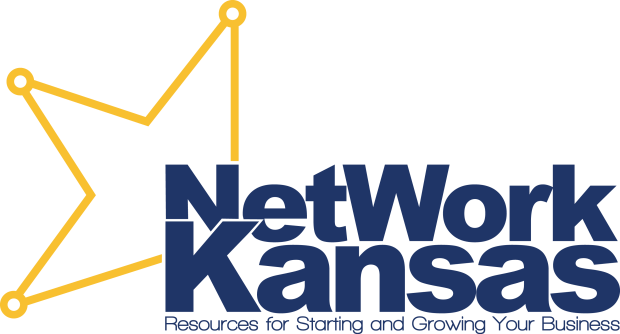
Update and Annual Report
One of our core partners at the Development Corporation is Network Kansas. This state-wide organization supports entrepreneurs through board-certified programs and financing options. These relationships are built through local Entrepreneurship Community Partnerships (E-Communities) like we have here.
Our board of local business owners and entity representatives meets monthly to discuss upcoming programs and review loan applications. Typically, these loans are gap financing that complete projects for a local business startup or expansion. Packages are presented by Great Plains Development Inc. and our board has the final say in both the amount and the terms of these gap funds. Recently, we have been able to support two entrepreneurs as they expand their operations in Liberal: His Image Barbershop and Dreamz Childcare. It was a joy for us to be able to support these businesses and the roles they play in our community.
In 2022, we are planning a number of Board-Certified Programs for our region. In March, we'll host our second Youth Entrepreneurship Challenge. In April, we'll host Jon Schallert as part of the Destinattion Business Program. Later this year we'll be hosting Ice House Courses again and hopefully, a new Entrepreneurship Business Basics class.
The success of the Network Kansas loans as well as the board-certified programs is a testament to the E-Community Partnerships and our dedication to supporting entrepreneurs. Follow the link below to view the full Annual Report for Network Kansas and see how we've leveraged these funds to make a significant economic impact on our state.
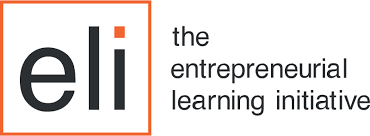
“Complexity Leadership Theory: Shifting from Human Capital to Social Capital”
Originally posted in the Entrepreneurship Learning Initiative's November 2021 Top of Mind Newsletter.
When we examine current Human Resource practices, we see a keen focus on competency-based, human capital initiatives. While human capital is worth developing, new research suggests we may want to emphasize another set of skills. Social capital, it seems, can have as much to do with innovation and growth in an organization as the skills of individuals. As this paper defines it, social capital is “the competitive advantage that is created based on the way an individual is connected to others.”
In particular, the authors of this piece emphasize group cohesion and brokerage as particularly relevant to HR development practices. By focusing on “facilitating the movement of ideas across a system through bridging and brokering,” they believe we can create more adaptive and innovative organizations. This movement of ideas can breed innovation in existing systems by positing a new theory, complexity leadership theory (CLT). This theory suggests that the everyday interactions of cohesive groups foster adaptability. Then the actions of these groups begin to link up to produce “powerful emergent phenomena.”
The issue is, “in many organizations, these linkages are hard to make because organizational bureaucracy and silos can create obstacles to interconnectivity,” say the authors. However, when an organization has well-established bureaucratic and entrepreneurial systems, they often do not link these vital groups together.
The paper discusses how the most effective organizations bridge this gap through something they call adaptive space. That is a space for interaction and (positive) tension between the organization’s operational and entrepreneurial systems to occur. By allowing these clusters of workers to interact, problem-solve, and connect, more impactful innovation occurs.
How are we fostering innovation in our organizations? How are we leveraging the organic innovation and unleashing hidden potential in our teams?
Get the Paper
What we're doing this month!

The majority of our work at the development corporation consists of supporting local entrepreneurs and businesses as they start or expand their operations. Through our partners, we can provide the expertise and the funding that these ventures need in order to be successful. These same partners and networks also connect us to resources outside of Seward County. This month will bring new opportunities for learning and networking that can help the businesses and communities here at home.
- February 4: Development Corporation Monthly Board Meeting
- February 7-10: World Ag Expo
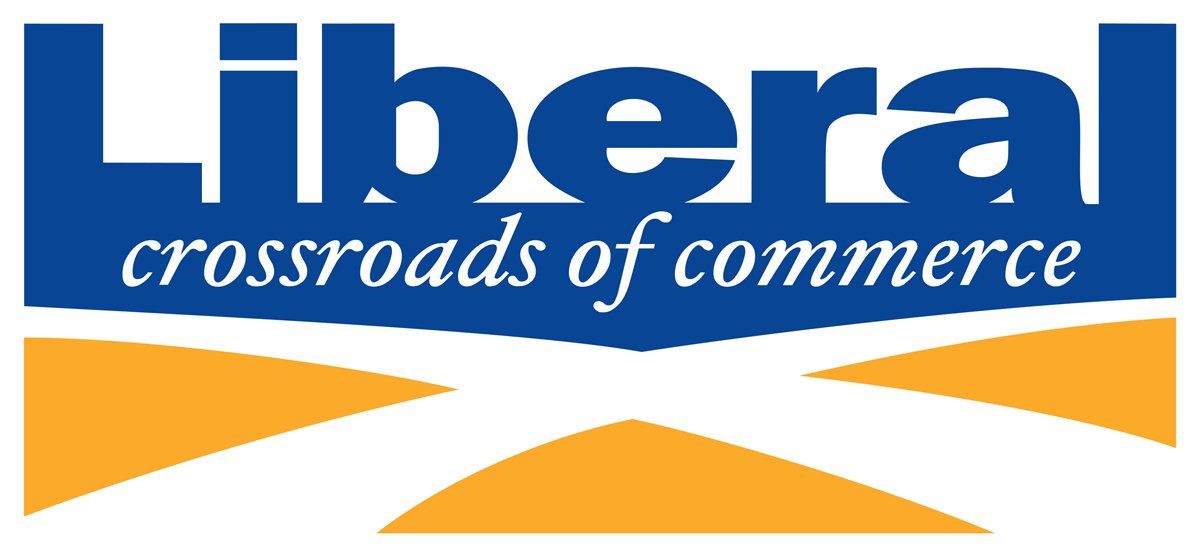
City of Liberal Economic Development News
Cindy Wallace: City of Liberal Economic Development Director
Sports Tourism Is Economic Development
The City of Liberal’s Recreation Department hosts many events and activities throughout the year for our local youth and adults, but the Recreation Center also organizes and hosts several tournaments bringing in teams from all over the region as well as from other states to Liberal. Nick Rotolo is the Sports Tourism Director who is in charge of bringing in many of these events. In 2021 Liberal hosted 13 tournaments with a total of 130 teams plus 150 fighters for two MMA events. This last November and December there were two competitive leagues with 36 teams formed lasting for six weeks. Rotolo said that the approximate economic impact of these events is $1.3 million, but waiting on the final numbers. According to The City of Liberal Tourism/Convention Bureau Director Sally Fuller, they use a formula of $100 per person per day for a one-day visitor or $150 per person per day if spending the night to determine the economic impact of an event.
Sports Tourism is defined as travel that involves either observing or participating in a sporting event while remaining separated from the tourists’ usual environment. Why is sports tourism economic development? Sports Tourism drives visitor spending into our local economy. Overnight stays generate lodging revenue, visitors patronize local restaurants and visitor shopping generates retail sales. Think about when you have gone out of town for a sporting event or had a family member participating in a tournament. You buy food and snacks, stay at a local motel depending on the distance from your home, fill up your vehicle with gas, maybe do some shopping in between events, eat out at the various restaurants, etc. It all contributes to our local economy. Sports tourism also is a way to increase revenue opportunities to offset slow seasons in tourism economies and benefit from an offset of lost revenue. It also increases lodging and sales tax revenue, benefiting our local government. Jobs are created or retained as well.
Indirectly, Sports Tourism can improve Quality of Life for those who live in the area, increasing community engagement. Sports Tourism draws visitors who otherwise may not have considered visiting and also brings them back again. According to Sports Strategies, of parents traveling for youth sports, almost 60% return and 74% recommend the destination to others. Sports Tourism overall in the United States reveals an industry that accounts for $45.1 billion in direct spending, $14.6 billion in tax revenue and nearly 740,000 FTE jobs according to Sports ETA 2020.
Tourism as a whole in Kansas is an economic development driver. According to Travelks.com in 2020 the state had 31.4 million visitors, $5.4 billion in visitor spending and contributed $589 million in State and local taxes.
So next time you see all these out of town teams at our events and tournaments, thank them for visiting our community and the contributions they are making to our economy and quality of life!
